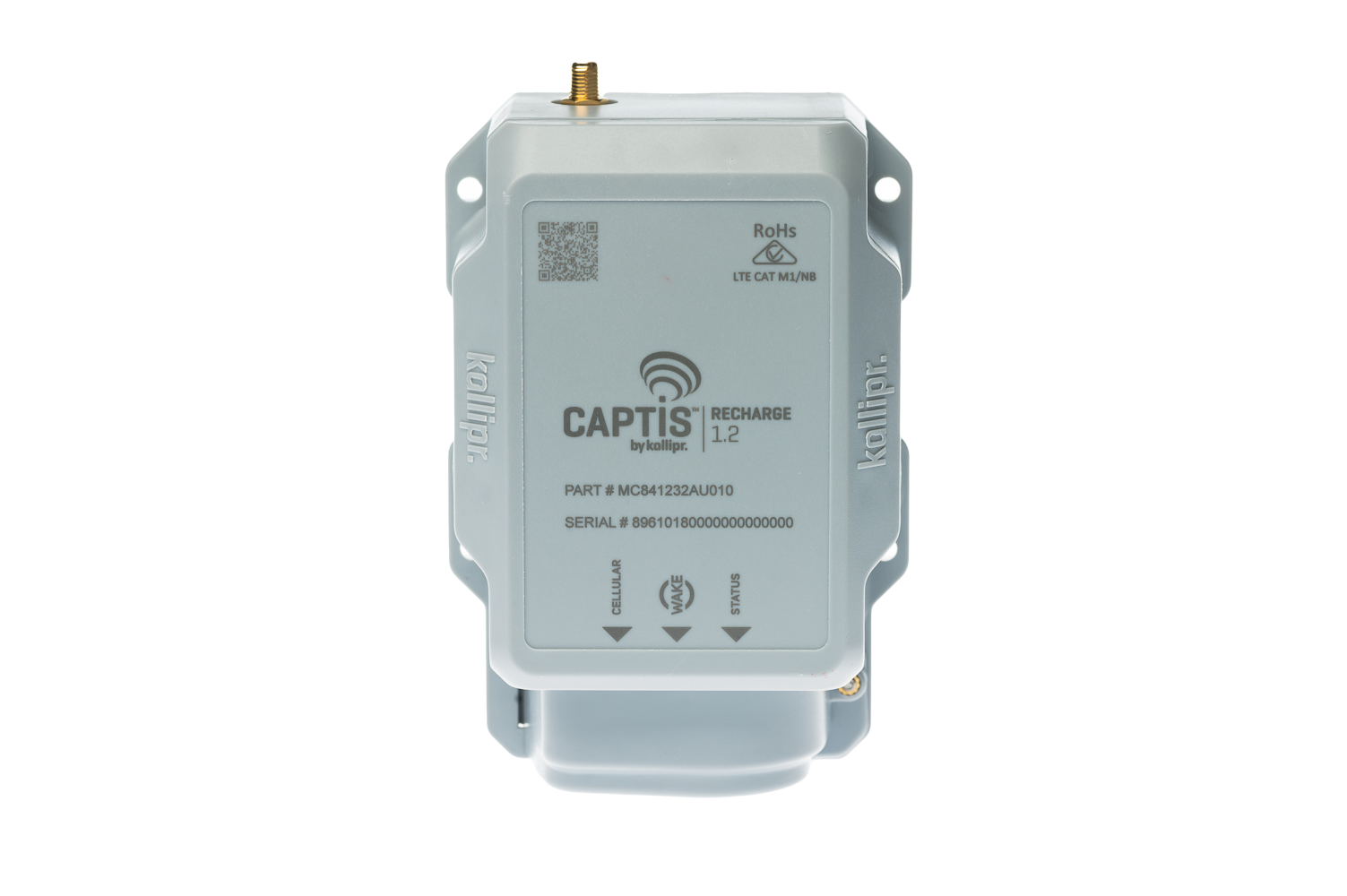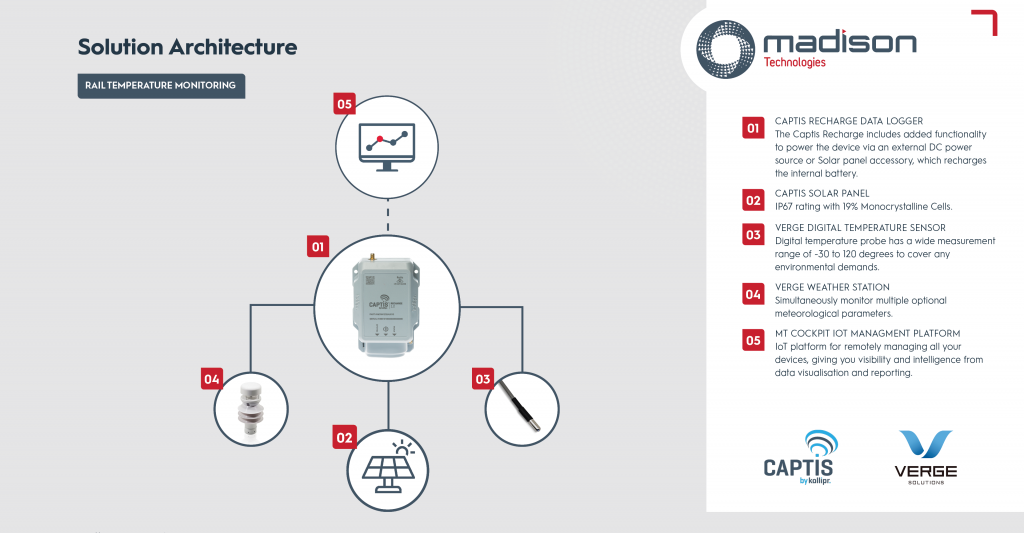The Need
One of Australia’s largest rail operators are responsible for transporting over 250 million tonnes of commodities each year. During hot weather events the rail operator holds the increased risk of the track buckling and derailment, posing a danger to operator and community safety and the environment. To prevent this from occurring, the rail operator imposes speed restrictions dependent on weather factors such as temperature. Speed restrictions can decrease the trains speed by more than 40km/h once the ambient air temperature reaches 40°C.
To determine when speed restrictions need to be applied, weather data was previously sourced from government agencies such as the Bureau of Meteorology. The data was obtained from the closest weather station to each section of rail network. At times, the closest weather station was over 100km from very remote sections of the rail network. With this challenge the rail operator sought to segment their network into zones and undertake their own localised track and ambient temperature monitoring.


The Solution
The Captis Recharge was the chosen solution for the challenges the rail operator faced, with the unit providing a multiple sensor interface capable of connecting to ambient temperature and rail track temperature sensors at the same time. The NB-IoT cellular technology also enabled data to be transmitted from remote locations easily and reliably, while the IP68 rated enclosure could withstand extreme temperatures and weather conditions.
The Captis Recharge’s edge processing, alarm handling and rechargeable battery allowed for more frequent cellular transmission based on real time conditions. Several hundred Captis devices were deployed in designated zones along the rail network and were configured to log data every 15 minutes and notify on a daily basis under normal temperature conditions.
When predefined temperature thresholds were exceeded, the Captis on board alarm capabilities enabled logging of data every minute and a transmission frequency of every 15 minutes. This provided real-time data to assist in decision making for applying network speed limits.
Solution Overview
